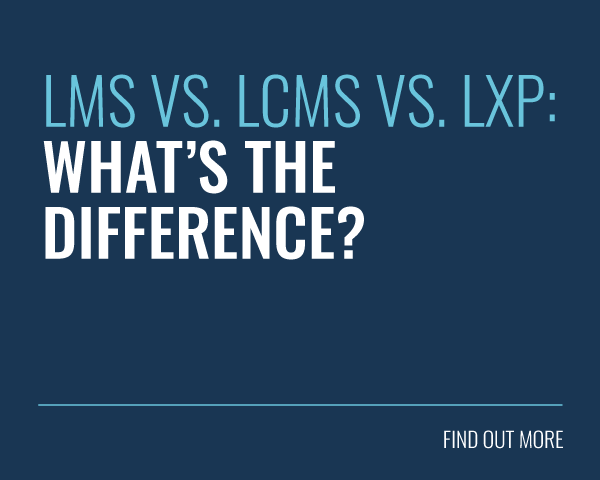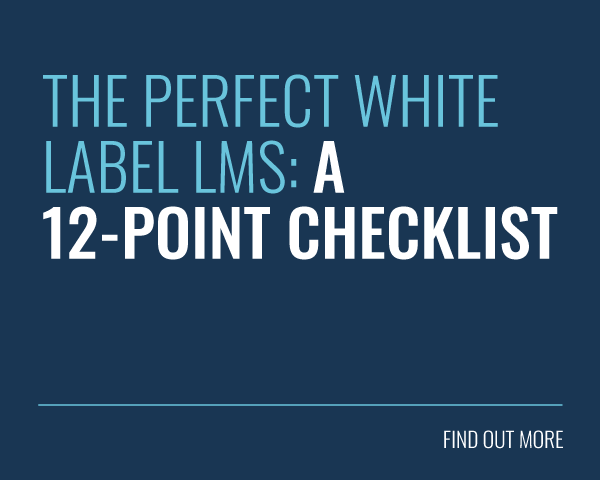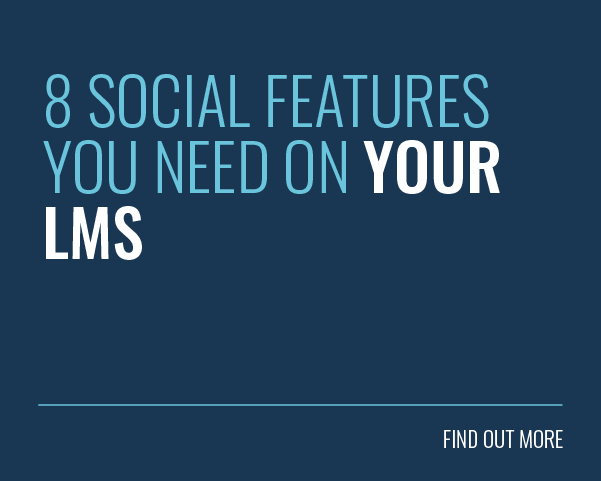
L&D professionals need to sit up and take note of the potential offered by livestreaming. It is, without doubt, the most powerful social learning tool to date.
It is a technology which has taken the world by storm. It’s enjoyed a rise to power up there with the likes of Ghengis Khan and the iPhone. In fact, it’s growing faster than video on demand – that means it’s a bigger deal than Netflix, Amazon Prime and Disney+.
The companies pushing livestreaming are the biggest brands in the world. Brands like Facebook, Instagram, Snapchat, LinkedIn, YouTube and Growth Engineering!
These are some of the most innovative tech companies around. They’re known for understanding what engages people, what builds communities and what keeps people coming back to use their platforms.
Every single one of them has gone all-in on livestreaming. A feature hasn’t been this game-changing since Facebook’s released the newsfeed in 2006.
Are you excited yet?
If you aren’t, we hope to persuade you why you should be. We’ll start by explaining what livestreaming is. Then we’ll explore why it is so exquisitely engaging. After all this, we’ll look at its applications in L&D.
What is Livestreaming?
Livestreaming is video that is filmed and broadcast in real time. It’s a bit like live TV, except everyone can do it and the audience can ask questions and get involved.
Here’s how it works:
- Using their phone or webcam, a livestreamer starts broadcasting their video and sharing what they have to say.
- Their followers will get a notification and their video will appear in the newsfeed of their connections.
- Anyone watching is able to ask questions, make comments and engage with the livestream. The person livestreaming can respond, answer questions and ask questions of their own.
- Once finished, the video can be saved to an archive and will remain in the social feed for 24 hours.
Why Has Livestreaming Been Such a Success?
A few years ago hardly anyone had heard of livestreaming. Today, 63% of people ages 18-34 watch live-streaming content regularly. So there’s little question of its popularity.
The only real question is why it’s so popular?
It’s Authentic
In the corporate world, everyone’s used to videos seeming, well, corporate. This means slick-looking videos edited to perfection with a few subtle animated touches to bring them to life.
But, people crave authenticity. Many people are willing to trade the high production values of a well-crafted video for stripped-back livestreams.
The person on the other end becomes much more relatable. In a video, a person might feel like an expert or a professional. With livestreaming, they can still come across like an expert, but they also seem like a friend. Is there anything more enjoyable than listening to your friends talking about their passions and what excites them?
It’s Live
Every other form of social media has a time barrier that makes online communities different from real life. But livestreaming is instant. This means you can capture and share exciting moments as they happen.
This is why people tune in to watch live sports in the millions. Indeed, the only people who watch the reruns of these events are those who couldn’t make the live showing. Even then, they’ll throw their hands over their ears if someone dares to so much as whisper about the result in their presence!
If there’s a live option available nobody wants to watch the rerun, even if it is better edited. In fact, people will watch a live video for 3x longer than they will watch that exact same video if it isn’t live. Simply being there in the moment as it happens makes you feel deeply connected with what’s going on.
You Can Build Actual Relationships
The biggest difference between livestreaming and other forms of live video is that it’s a two-way street. As you broadcast your video, your audience can interact with it by commenting and asking questions. The livestreamer is then able to respond and create a dialogue with their audience.
This makes it a give and take relationship. The audience isn’t an inactive viewer, they’re a part of the show. This means that livestreaming doesn’t just feel more like you get to know someone, you actually do.
In fact, many people now think of their favourite livestreams like a coffee shop they can go to and relax. It’s a place where you make friends with those who share your interests, learn and unwind.
Take YouTube as an example. Before YouTube released YouTube Live, a creator’s subscribers were unable to engage with them, except in the comment section. But with the release of YouTube Live, this changed. Subscribers were suddenly able to engage with their favourite content creator’s livestreams and get to know the person in a more meaningful way.
Lives Streaming in L&D
Growth Engineering is the only learning platform offering livestreaming. This means The Academy LMS and The Knowledge Arcade are the only truly social learning platforms on the market. After all, it’s 2020. If your platform doesn’t have a livestreaming element then it’s behind the times.
Here are some different ways that livestreaming can take your current learning strategy and elevate it:
Empower your SMEs
The easier it is for your SMEs to share their knowledge, the better it is for your company. Livestreaming removes nearly every barrier imaginable to make knowledge sharing easy.
Even better, this knowledge isn’t lost once the streaming finishes. Instead, your learners can find it pinned to the top of their social feed. And, you can easily add it straight to your content library. This means you can capture all that precious knowledge and prevent it from falling through the cracks. This makes livestreaming a more powerful option for your L&D strategy than digital classrooms or even live events!
Drive New Levels of Engagement
Everywhere that has introduced livestreaming has benefitted from a surge in engagement. The same is true in online learning.
Livestreaming will ensure that your learners share more content and get more out of the content that is shared with them.
Better Than Classrooms
Digital classrooms are more and more common and they definitely have their place. But for most forms of knowledge sharing, a scheduled classroom is overkill and off-putting for people who want to just share some insights.
It feels very formal if you need to book a classroom and send out invites. Livestreaming is incredibly appealing. It goes from being daunting to a genuine pleasure.
Not only is it better than classrooms, but livestreaming represents a seismic cost saving!
Final Word
So are you excited yet? We hope you are! We couldn’t be more excited about the potential livestreaming has to transform global businesses across the world – including yours! If you’d like to find out how we could help you unleash the power of livestreaming in your business then get in touch!
If you’re itching to start unleashing some social learning goodness right now, then we have got the perfect tip sheet for you! It includes 60 top tips to help you get the most from the knowledge in your organisation and to build a culture of learners who share their insights.
Click here to grab your 70:20:10 Tip Sheet!








